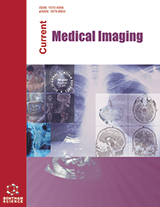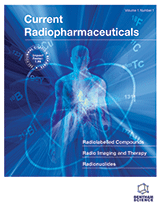Abstract
CT perfusion offers vital blood flow and volume information for patients presenting with stroke. This information can be used to provide a more informed treatment. A popular approach for the solution of physiologic parameters using CT perfusion calculates a residual function as an intermediary result, using Singular Value Decomposition (SVD) for deconvolution. Typically in clinical use, only the final parameters are provided by the algorithm. The calculation process can in some cases be unstable and give widely varying results based on the addition of very small amounts of noise or small differences in tracer arrival times. The examination of the residual function can provide insight into the stability of SVD based methods. Several methods have been proposed to reduce noise and stabilize the solutions. We utilize simulations to to examine common parameter estimation approaches and assess their stability and accuracy.












